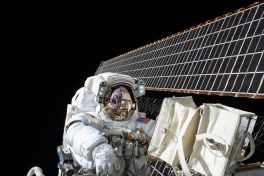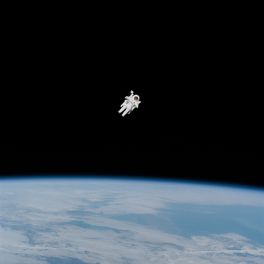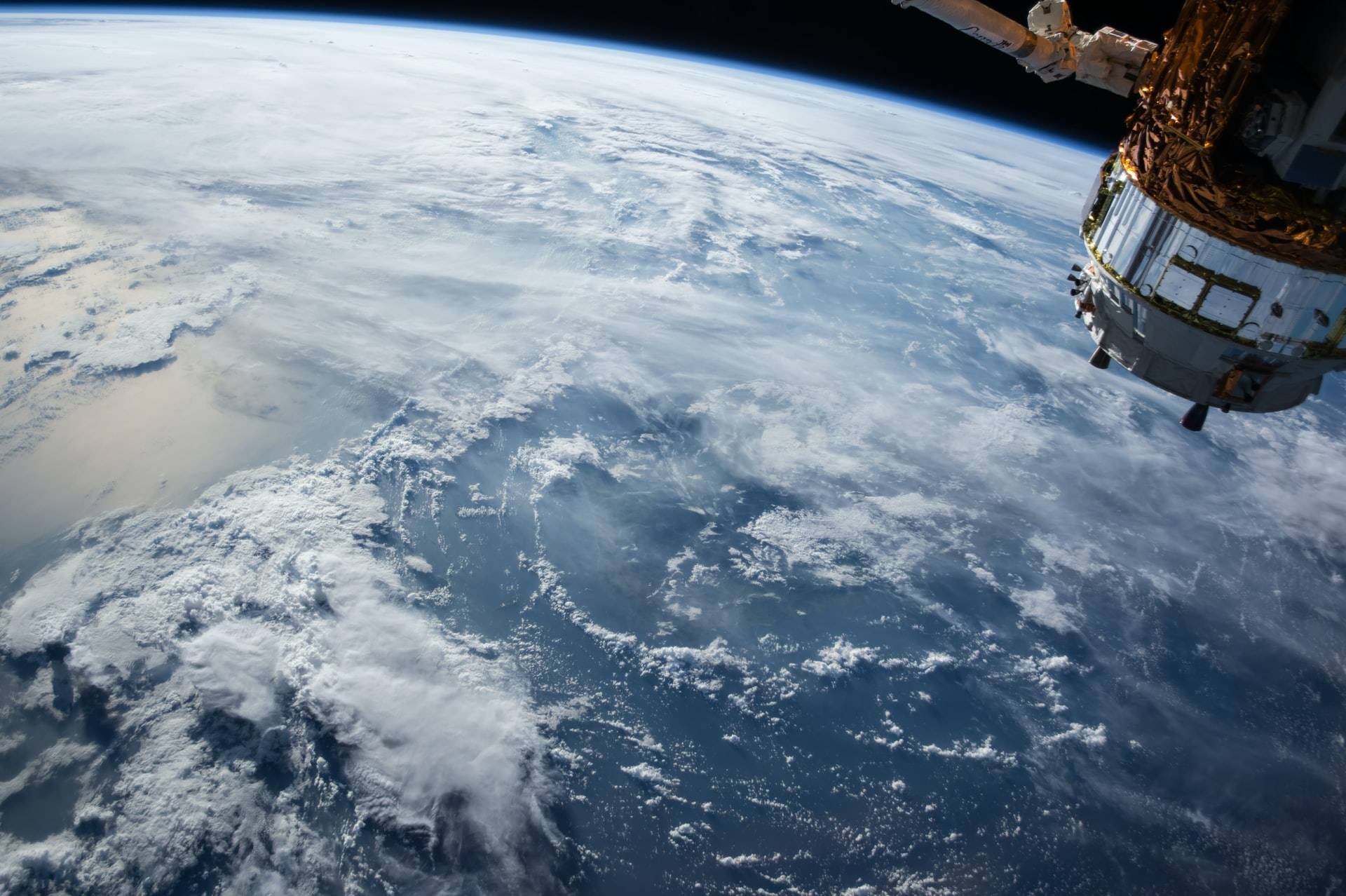Space Travel Technologies That Have Transformed The Way We Insulate Buildings
In case you have been living under a lunar rock, this year marked the 50th Anniversary of the moon landings. As an engineer it’s difficult not to get excited about anything to do with space, and I’ve been thinking about what space travel has to tell us about building science. We’re often reminded that the space programme has spawned a variety of technologies that have found their way into everyday use, such as the humble post-it-note and memory foam. Some NASA technology has of course found its way into the construction industry, but dig a little deeper and the topic of space travel has some useful things to teach us about building science.

It’s cold in space, right? Colder than anywhere on earth, as most articles on how astronauts stay comfortable insist. So why are the walls of various rockets and modules, only 50mm thick? The answer is counterintuitive and depends on what we mean by ‘cold’. Temperature is a quantity invented by humans to represent the average kinetic energy of a bunch of molecules. In space, no one can hear you scream, because there are no air molecules to vibrate, which also creates a conundrum when it comes to temperature, because we can’t measure or define the kinetic energy in a vacuum.
If you think back to classroom physics, heat can move via convection, conduction and radiation. As counterintuitive as it might seem, in space, objects don’t lose heat via convection or conduction, because there isn’t any matter adjacent to them. Radiation on the other hand is a big deal, you’re either losing huge amounts to deep space, or gaining huge amounts of solar gain.
Radiative heat loss or gain in terrestrial situations is mostly down to the net difference in radiation between two objects. Any object above absolute zero will emit some radiation, so if you have a cup of room temperature water next to a hot cup of tea, they both radiate heat to each other, but the hot one radiates more, so the net effect is for the hot cup to radiate heat to the cold one. In space there’s mostly no objects to exchange radiation with, so it just flies away forever, and your radiative heat losses aren’t offset by gains from nearby objects at a similar temperature as they are on earth.
To solve this problem, Nasa invented metalised plastic films to create a radiative barrier, and hence the ‘space blankets’ commonly distributed at mass sporting events or disaster relief situations. This technology has also been deployed with debatable efficacy in the construction industry in the form of multi-foil insulation. Unfortunately, while this works really well in a vacuum, in the presence of air, convection and conduction come back into play, and the most practical solution to that is a good thickness of something fluffy. One relatively recent innovation attempts to banish convection and conduction, that most space-age of insulation materials, the Vacuum Insulation Panel. You’d be forgiven for thinking the VIP was a classic NASA spinout, but you would still be wrong. The main challenge with VIPs is maintaining a vacuum, one thing that, it turns out, is easier in space than on earth.

This fact underpins the way the windows of the lunar and command modules work. Although the shuttle has triple glazing with some incredibly thick and specialised glass, this is mainly necessary to deal with re-entry. The Apollo modules just have boring old double. There’s not even an exotic noble gas in the cavity, it’s just left open to the atmosphere, or more to the point, the vacuum – because, well, those expensive gasses we use on earth are to reduce the convection and conduction, which we don’t have to worry about in a vacuum. Of course, people have tried vacuum glazing, and it sort of works, but the fused glass edges that help maintain the vacuum create a serious thermal bridge, and the little dots to stop the glass bending don’t look very pretty.
But what about Aerogel, I hear you cry? Alas no, Aerogel was in fact invented in the 1930s, although is used by Nasa as a high-tech crumple zone for catching micrometeoroids, undamaged for study back on earth. Indeed, as far as I know, Nasa have not made any major contributions to building insulation, simply because it’s not a problem they had to solve.

NASA engineers are rightly revered for their amazing accomplishments, but their impact on earth-bound low-energy building is less than you might think. As they say, building physics isn’t rocket science – its harder!
Originally published in Passive House+ magazine





